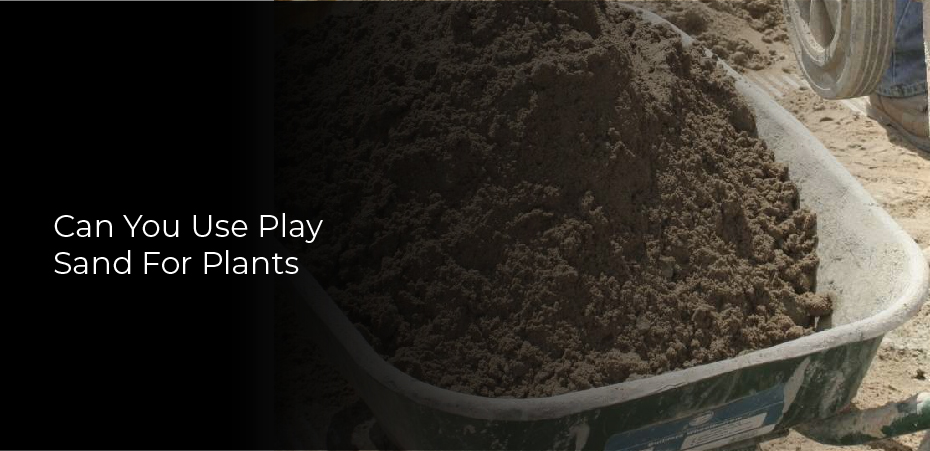I’ve been meaning to write a post about this topic for a while now. I was finally inspired to write it after reading a blog post about using play sand for gardening. I’m sure you’ve heard of play sand before, but have you ever considered using it for plants? Well, here is a quick video tutorial to show you how you can use play sand for gardening.
Play sand is a wonderful play material for children. It is also a great option for growing plants indoors. In this post, I will tell you how to make play sand from ordinary sand.

Table of Contents
What is play sand?
Play sand is sand that is sold as children’s play material. It’s used to make playground sandboxes, sandcastles and sandpits. It is very fine and comes in different colors.
It’s a safe and clean material that’s been tested for safety. It’s a good alternative to traditional sand for your child’s sandbox.
Why add sand to plants?
Adding sand to your garden bed makes the soil easier to till and turns the surface of the soil into a sponge, ready to soak up water. You can also use sand to help plants grow quicker by protecting them from the cold or drying out.
You add sand because it helps plants to thrive. Sand is a nutrient that makes up about 2% of the Earth’s surface. The problem is that only about 1% of this amount is found in soil. Soil-born plants grow quickly but then are often starved of the nutrients that help them to flourish.
Sand is used to add nitrogen and phosphorous to soils, along with small amounts of potassium and magnesium, so that soil nutrients are more evenly distributed in the ground. You also need to use sand if your soil is clay-heavy.
When you add sand to the soil you are improving the structure of the soil, making it lighter and easier for plants to grow in.
What are the benefits of using play sand for plants
Play sand is great for your plant because it holds moisture, helps retain nutrients and gives your plants a nice foundation for growth.
In addition, play sand helps you prevent disease because it absorbs all the moisture and allows air to circulate around your plant.
Play sand also helps keep pests away by providing a barrier between your plant and the bugs.
If you have a baby plant, keep in mind that your baby will need a lot of care. You will need to water it often.
When it gets too dry, you will need to add water or use a misting system.
Also, make sure to remove weeds before giving your plant a bath.
How to Choose the Best Sand for Your Garden
The best sand for your garden isn’t the same as the best sand for a beach.
So, how do you choose the best sand for your garden?
There are many factors to consider when picking the best sand for your garden, and here are some tips to help you narrow down your choices.
The type of soil in your yard
Different types of soil have different amounts of nutrients and different needs. Some of the types of soil include: Loam, Clay, Loamy Clay, Sandy loam, Silt loam, Silty clay, and Sandy loam.
Loam soils are rich, well drained and full of organic matter. They have a high water content and are great for growing vegetables because they hold moisture, but can be difficult to dig. Clay soils are poor in nutrients, and are dry, so they are usually found in areas that experience drought.
If you live in an area with a lot of clay soil, it may be necessary to add sand to help bind nutrients. Sandy soils are very low in nutrients, and are made up of mostly sand. Sand is very porous, so they have lots of air pockets.
Clay soils have lots of minerals, but lack nutrients. They are often referred to as a “clay” soil because they tend to hold onto moisture better than loam soils. Sandy soils are often referred to as sandy loams because they have a high percentage of sand and low percentage of clay. They have a sandy texture, and they are dry, so they need to be watered more frequently than loam soils.
The size of your yard
Sand is not just for gardens. It is also used for driveways, patios, walkways and pools. So if you have a large yard, chances are there is a lot of sand already. If you have a small yard, you’ll likely have to buy sand from a local supplier.
You can also use gravel or crushed rock as an alternative to sand, but keep in mind that these will be more expensive, and you will need to add more water to your plants.
Where do you live?
If you live near a beach, you can get sand from the beach itself. Just make sure that the sand is free of pollutants, like oil or tar.
Beaches that are clean and safe are the best sand to use because the sand comes with a natural filter.
Conclusion
In conclusion, you can use play sand for plants, but it won’t do you any good. You can’t use sand for plants because you can’t grow anything in sand. Sand is the wrong medium to grow plants in.
